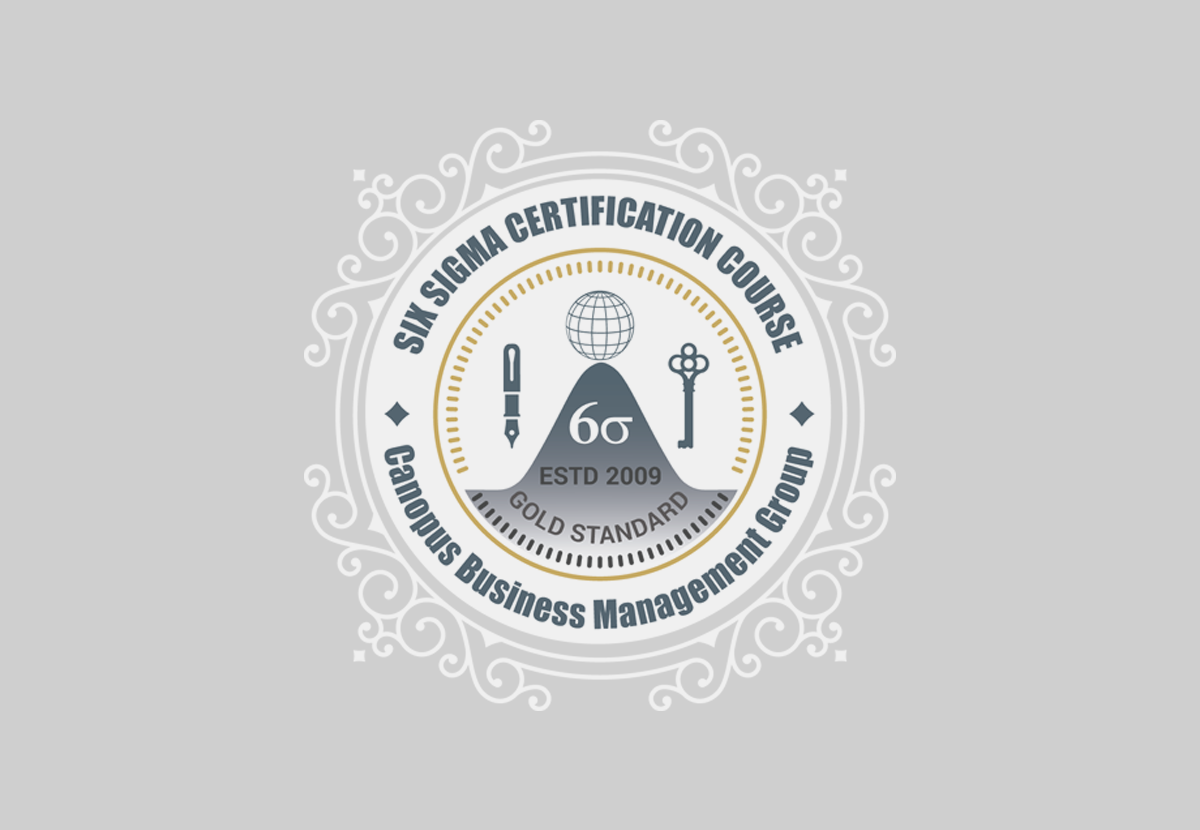The Cause and Effect tool, also known as the Fishbone Diagram or Ishikawa Diagram, is a powerful technique in Six Sigma methodology to identify and analyze the root causes of problems. Here are five key important points: Identification of Root Causes: The primary function of the Cause and Effect tool is to pinpoint the root […]
Continue Reading
Generative Adversarial Models (GANs) are a class of generative models that consist of two neural networks: a generator and a discriminator. GANs are designed to generate new samples that resemble a given training dataset by learning the underlying data distribution. The generator network takes random noise as input and generates synthetic samples. It aims to […]
Continue Reading
Variational Auto-encoders (VAEs) are a type of generative model that combines the concepts of auto-encoders and variational inference. Autoencoders are neural network architectures used for unsupervised learning, which aim to encode high-dimensional input data into a lower-dimensional latent space and then decode it back to reconstruct the original input. Variational inference, on the other hand, […]
Continue Reading
Python is one of the most popular programming languages for data science and machine learning due to its simplicity, versatility, and the availability of numerous powerful libraries and frameworks. Here are some common uses of Python in data science and machine learning: Data Manipulation and Analysis: Python provides libraries like NumPy and pandas that offer […]
Continue Reading
Convolutional Neural Networks (CNNs) are a specialized type of neural network that are primarily designed for processing grid-like data, such as images or audio spectrograms. CNNs have been highly successful in computer vision tasks, such as image classification, object detection, and image segmentation. The key idea behind CNNs is the use of convolutional layers, which […]
Continue Reading
Neural networks are computational models inspired by the structure and function of the human brain. They are composed of interconnected artificial neurons (also known as nodes or units) organized in layers. These networks learn from data by adjusting the weights and biases associated with the connections between neurons. Here’s a high-level overview of how neural […]
Continue Reading
Pandas and Python together form a powerful toolkit for data analysis and manipulation due to several key factors: Data Structures: Pandas provides two primary data structures: Series and DataFrame. Series is a one-dimensional labeled array capable of holding any data type, while DataFrame is a two-dimensional labeled data structure with columns of potentially different data […]
Continue Reading
Project Communications Management is an essential component of project management that involves the planning, execution, and monitoring of communication activities within a project. In recent years, several trends and emerging practices have shaped the field of project communications management. Here are some of the notable trends: Integrated Communication Strategies: Project teams are increasingly adopting integrated […]
Continue Reading
Earned Value Management (EVM) is a project management technique that integrates project scope, schedule, and cost to measure and track the performance of a project. It provides objective data on project progress and enables project managers to forecast future performance. EVM involves three key metrics: Planned Value (PV) or Budgeted Cost of Work Scheduled (BCWS): […]
Continue Reading
Qualitative and quantitative risk analysis are two approaches used in risk management to assess and evaluate risks associated with a project, process, or decision. While they have different methodologies, both approaches aim to identify, analyze, and prioritize risks for effective risk mitigation. Qualitative Risk Analysis: Qualitative risk analysis is a subjective approach that focuses on […]
Continue Reading
Examining stakeholder tolerance refers to the process of understanding and evaluating the capacity of stakeholders to accept or endure certain aspects of a project, decision, or change. Stakeholders are individuals or groups who have an interest or involvement in a particular project or organization. They can include employees, customers, investors, suppliers, regulatory bodies, and the […]
Continue Reading
Project risk management is a systematic process that helps identify, assess, and mitigate potential risks that could impact the successful completion of a project. Here are some key concepts of project risk management: Risk Identification: This involves systematically identifying potential risks that could affect the project’s objectives. Risks can arise from various sources such as […]
Continue Reading
In project management, scope management refers to the processes involved in defining and controlling what work is required and what is not required to complete a project successfully. It ensures that the project’s objectives are clearly defined and that all necessary work is included while excluding any unnecessary work that may lead to scope creep […]
Continue Reading
Project Scope and Product Scope are two distinct concepts in project management. Project Scope refers to the work that needs to be accomplished to deliver the desired project outcomes and deliverables. It defines the boundaries and objectives of the project, including what is included and what is not. Project scope includes the project’s goals, deliverables, […]
Continue Reading